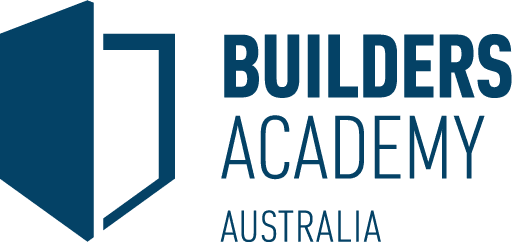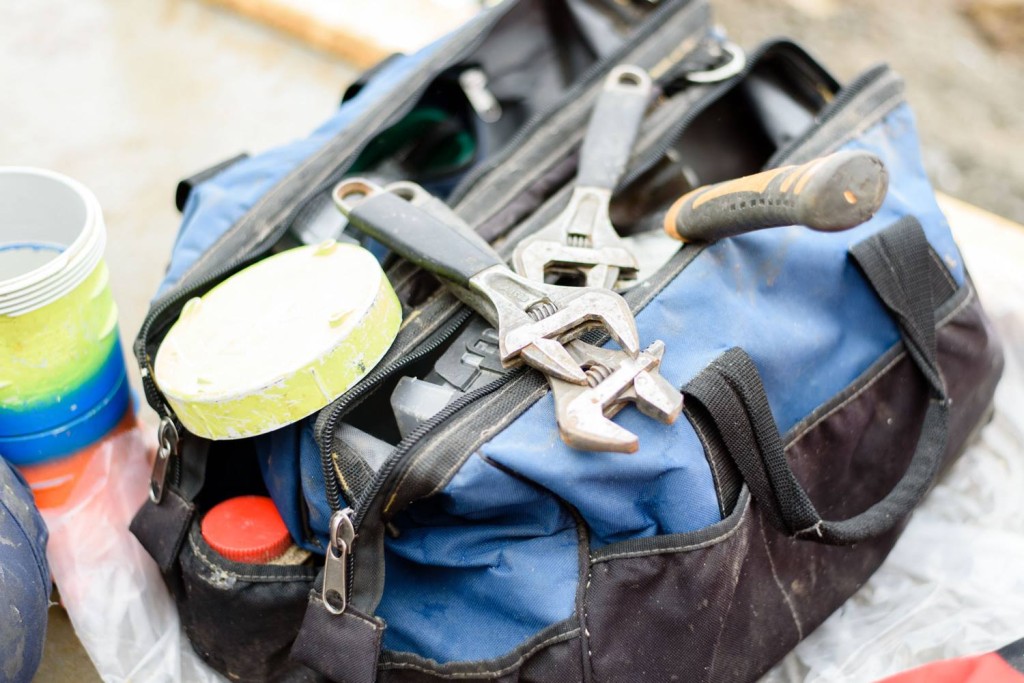Let’s Dive a Little Deeper into a Plumbing Career

Plumbers are responsible for working on much more than pipes and drainage. They’re also responsible for managing the installation, repair and maintenance of heating, cooling, gas, sewerage, drainage, water supply and ventilation systems. They work with guttering, metal roofing, drains, pipes and a number of other related equipment and are sometimes expected to be licensed in multiple plumbing classes.
Tasks involved
Depending on the classes a plumber is licensed in, they can be expected to complete any number of the following duties:
- Installing/repairing hot/cold water systems
- Designing, installing and repairing water supply systems, sanitary fixtures, sanitary plumbing, discharge pipes
- Installing water-based fire protection systems including hose reels, fire hydrants and sprinkler systems
- Studying specifications, drawings and blueprints to determine plumbing system layouts and the materials required
- Assembling and installing air handling and conditioning equipment, mechanical services places and small bore heating systems
- Installing below-ground drainage systems along with any associated ground support systems
- Installing sewage systems, effluent pumps and disposal units
- Manufacturing and installing metal roofing, drainage and down pipes
- Installing pressure regulating devices, flues and gas appliances
The eight plumbing classes
As stated by Victoria’s Plumbing Regulations 2008, there are eight primary classes of plumbing work. To work under each class, a practitioner must obtain an individual licence to prove they are competent in the varying duties involved in each. The eight classes include:
- Fire protection: involving the installation, repair and maintenance of fire protection systems for commercial, domestic or industrial properties
- Gasfitting: operating on pipes, appliances, fittings and ventilation equipment, whether for natural or manufactured gasses, petroleum or fuel
- Irrigation (non-agricultural): designing, installing and connecting irrigation systems for water supply connections and domestic pumps
- Drainage: repair, installation, removal and maintenance of pipes and fittings for waste water and stormwater
- Mechanical service: this involves all work surrounding heating, cooling or ventilation systems for buildings. Duties include repair, installation or maintenance of pipes, regulators, valves, tanks and air con systems
- Water supply: all work relating to hot and cold water pipes, fittings, etc
- Roofing (stormwater): all plumbing work on roof water systems such as rainwater piping, gutters and downpipes
- Sanitary: plumbing work surrounding sewage pipes, ventilation and fittings
How do I become a plumber?
If you’re interested in pursuing a career as a plumber, then you firstly need to gain the necessary experience and knowledge to become registered and obtain a licence for one or more plumbing classes. To begin with, you’ll need to undertake an apprenticeship with a registered practitioner. This will involve hands-on work under the supervision of an accredited professional, along with a classroom-based learning program such as the Certificate III in Plumbing, to teach you all of the associated theory and knowledge.
To find an apprenticeship, look for ads in the local paper, contact plumbing businesses directly, or enrol with a group training program to have them place you with a suitable employer. To make yourself more attractive to potential workplaces, some individuals opt to complete a pre-apprenticeship training course to acquire much of the basic skills and knowledge they’ll need to get started.
Career outlooks
Employment in plumbing across Australian has risen moderately in the last five years and has shown strong growth in the last ten years as whole. According to national statistics evaluated by Job Outlook, employment is expected to continue growing moderately in next five years. As of November, 2015, there were over 87,000 jobs in this profession, indicating that there should be adequate plumbing work in most regions and cities throughout Australia. In the next few years to November 2019, there are anticipated to be between 25,000 and 50,000 job openings in this trade.

